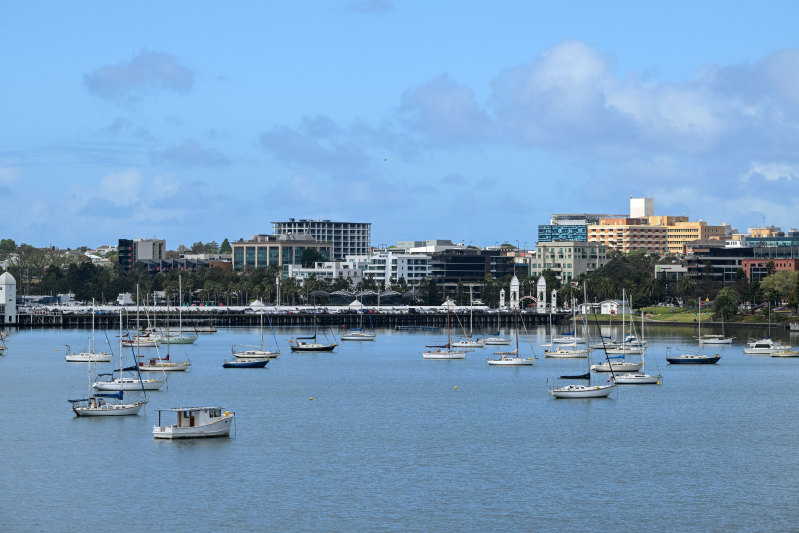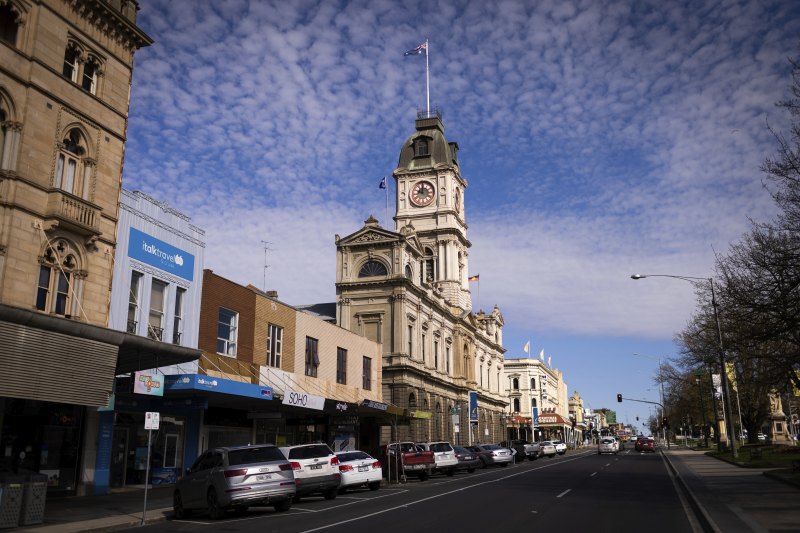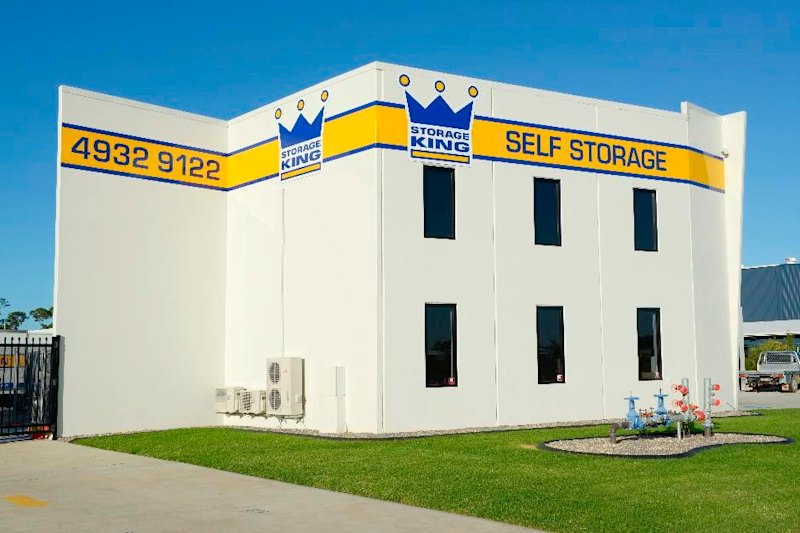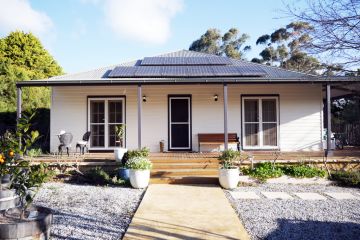‘Cost of living is so much cheaper’: Regional towns with the smallest house price increases
Not all regional areas have shared in the tree change property boom, but even areas with the most modest house price growth are more expensive than five years ago.
There are no local government areas in regional Australia where it is cheaper to buy a house than it was in June 2019, Domain data shows.

And many areas that moved the least have still jumped. In NSW, the smallest increase was in the Broken Hill area, where the median house price rose 29.2 per cent in five years to the relatively affordable price of $210,000. The median house price increased less than 40 per cent in the Gunnedah, Kempsey, Armidale and the Upper Hunter council areas.
In Victoria, the smallest increase was in Moorabool Shire, west of Melbourne, where prices rose 16.5 per cent in five years to a median $640,000. In Horsham there was a 27.6 per cent increase, and there were jumps of more than 30 per cent in the Northern Grampians, Greater Geelong, Macedon Ranges and Ballarat council areas.
Queensland’s smallest rise was in Mount Isa, up 14.1 per cent in five years to a median $262,500, while in Western Australia, prices in the Shire of Northam, east of Perth, increased 12.9 per cent to a median $350,000.
The increases contrast with some of the most popular locations for remote workers or holiday home buyers. Noosa’s median house price jumped almost 85 per cent over the same period, while prices surged more than 70 per cent in both Victoria’s Alpine Shire and Kiama on the NSW south coast.
Domain chief of research and economics Dr Nicola Powell said even where price rises were modest, prices were still rising faster than most people’s wages.
“It does create a widening gap of the ability for someone to gain access to the housing market,” she said.
Powell said growth of 10 to 15 per cent in five years was more manageable for a buyer, but some areas had growth of 40 to 50 per cent. “Nobody’s wage growth has gone up that much in a five-year period,” she said.
Elders NSW Rural Real Estate sales manager Richard Gemmell said the regional markets that recorded smaller price growth likely didn’t offer professional employment opportunities, had fewer services and were further away from schools, transport and hospitals.
“If they’re looking for a genuine country lifestyle … there’s a lot of opportunity there,” he said.
Gemmell said regional towns could offer an appealing work-life balance.
“The cost of living is, in a lot of instances, so much cheaper than your major metropolitan centres. So there’s a lot of pluses in regards to moving out to the country,” he said.
“Either the young people who are just starting out, either in a trade, or wanting to work in the mines, anything like that, that don’t have family obligations … there’s a lot of opportunity for them to get cheaper housing in some of those remote, small-town locations.”

KPMG urban economist Terry Rawnsley said there was a ripple effect in regional areas.
“We saw that initial group of remote workers coming a couple [of] hours from the city, driving up prices, and then that increased prices in one town, which then crowded out buyers from there, [so] they’ve then gone down the road another half hour to the next town, and then the next town as well,” he said.
“So we’ve seen this ripple effect, which is probably running towards [its] end. So we really are cut back to ‘What’s the local economy’s fundamentals?’”
Rawnsley said accessibility, jobs and amenities were the driving forces.
“Hospitals, schools, but even a vibrant local footy club, cafes, bars and restaurants, the odd winery here or there. So people see themselves living a pretty full and rewarding life in that area.”
PRD chief economist Dr Diaswati Mardiasmo said unlike the multiple industries in capital cities, regional areas generally relied on one or two.
Mardiasmo said regional areas had the advantage of cheaper housing, but not all careers and hobbies would be available.
“Prices are much cheaper in regional areas. But another driving force is the ability to find jobs and the ability to change careers and basically do what you want to do as your income,” she said.
She said grocery and petrol prices could be on par with capital cities due to the added cost of transport and freight.
Powell said demand hadn’t been as strong in the regions as some of the popular sea change locations, such as Byron Bay or Kiama.
“In regional Australia, what we’ve seen over the last five years is a wealthier buyer coming from a major capital city going into a cheaper regional market.
“And this is where we had that scenario where, local buyers [were] being priced out by a city buyer relocating [with] much deeper pockets.”
We recommend
We thought you might like
States
Capital Cities
Capital Cities - Rentals
Popular Areas
Allhomes
More







